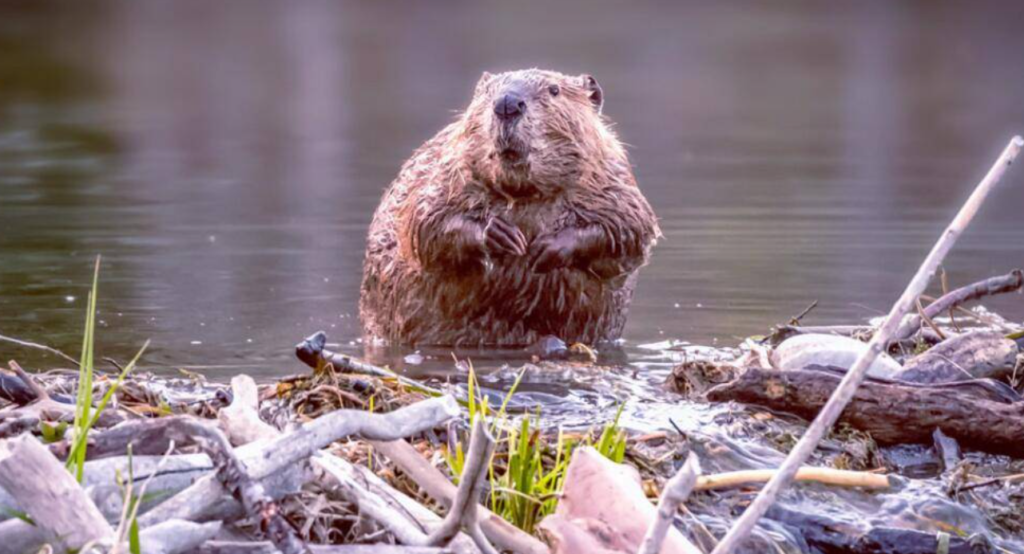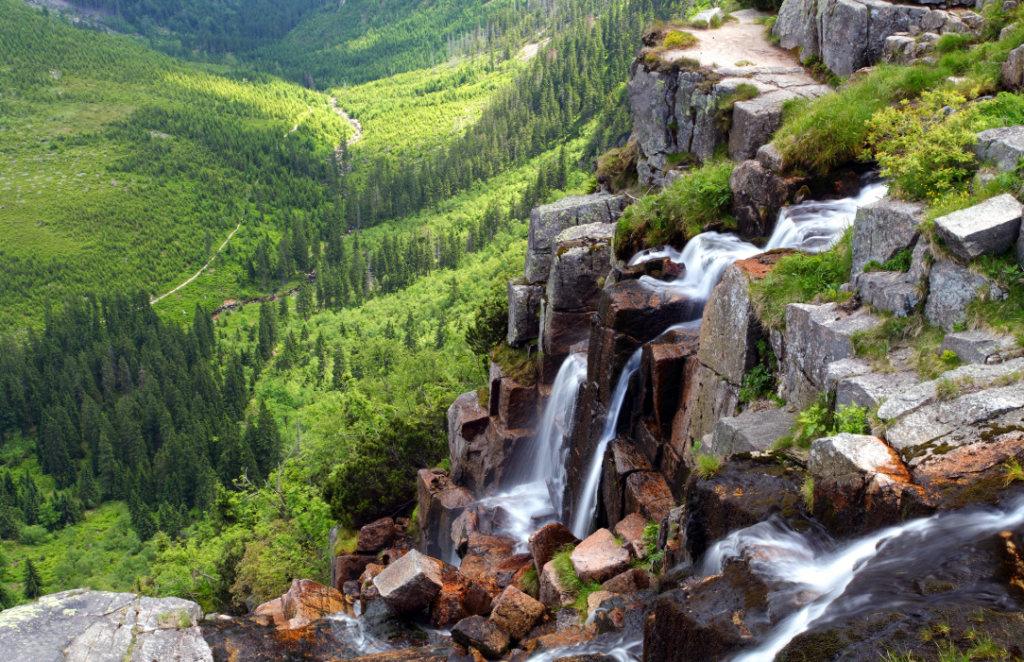A Delayed Human Project vs. Nature’s Efficiency
This dam is located in the Brdy Nature Park in the Czech Republic.
In 2018, a plan was proposed to restore a damaged wetland ecosystem in Brdy Nature Park, Czech Republic. The concept was straightforward: build a small dam to redirect natural water flow, reviving the habitat for aquatic plants and animals, including endangered species. However, despite being approved, the project remained unfinished for seven years due to bureaucratic obstacles.

According to local regulations, constructing even a small dam required numerous complex procedures. First, a geological survey had to be conducted to ensure the site was suitable. Then, an environmental impact assessment was needed to determine how the project would affect the surrounding area. Afterward, engineering plans had to comply with various safety and technical regulations. Frequent legislative changes further complicated the process, forcing certain steps to be redone multiple times. Over seven years, more than 50 meetings were held to discuss the project, yet no construction took place.
The Beavers Took Over
While humans were tangled in red tape, a group of beavers arrived and got to work. These small yet industrious animals, estimated to number between six and eight, required no permits, paperwork, or approvals. Within just two days, they successfully built a functional dam using sticks, mud, and rocks. Remarkably, the location and structure of their dam almost perfectly aligned with the plans that humans had debated for years.

A Natural Solution with Immediate Impact
The results were astonishing. Within a short time, the beaver dam effectively restored the wetland ecosystem. Water flowed into the previously dry area, creating a thriving habitat for many plant and animal species. What humans had failed to achieve in nearly a decade, beavers accomplished effortlessly in 48 hours. Seeing the effectiveness of the beaver-built dam, local authorities decided to abandon their original construction plans—not because they were unnecessary, but because nature had already done the job, and in a better way.

The story of the Brdy beavers serves as both a humorous and thought-provoking commentary on bureaucratic inefficiency. Many people found it amusing to compare the working speed of beavers to that of humans, even joking that if a project gets delayed too long, it might be best to let nature handle it. However, this case also provides a deeper lesson—sometimes, the simplest, most direct solutions are the most effective.
Beavers: Nature’s Master Engineers
Of course, beavers did not build their dam to assist humans or prove a point. They simply followed their instincts, honed through millions of years of evolution. Beavers are among the most skilled builders in the animal kingdom. Dam construction is a fundamental part of their survival strategy, allowing them to shape their environment to meet their needs.

Beaver dams slow water flow, retain moisture in low-lying areas, and create calm, stable pools. These pools provide ideal conditions for foraging, nesting, and raising young. Additionally, the dams protect beavers from predators. Their lodges are built in deep water with underwater entrances, making them inaccessible to land-based threats such as foxes, bears, and wolves. If water levels drop and the entrance becomes exposed, beavers risk being attacked. By building dams, they ensure a consistent water level, keeping their homes safe and secure.
Beavers Benefit Entire Ecosystems
Beyond their own survival, beaver dams provide significant ecological benefits. They help prevent soil erosion, retain valuable water during dry seasons, and create ideal conditions for various plant and animal species. Scientific studies have shown that areas with active beaver populations boast higher biodiversity, supporting diverse fish, insects, and plant life in a balanced ecosystem.
The story of the Brdy beavers highlights the incredible engineering prowess of these animals and raises important questions about human decision-making processes. It serves as a reminder that sometimes, nature itself holds the best solutions to complex environmental challenges.

Leave a Reply